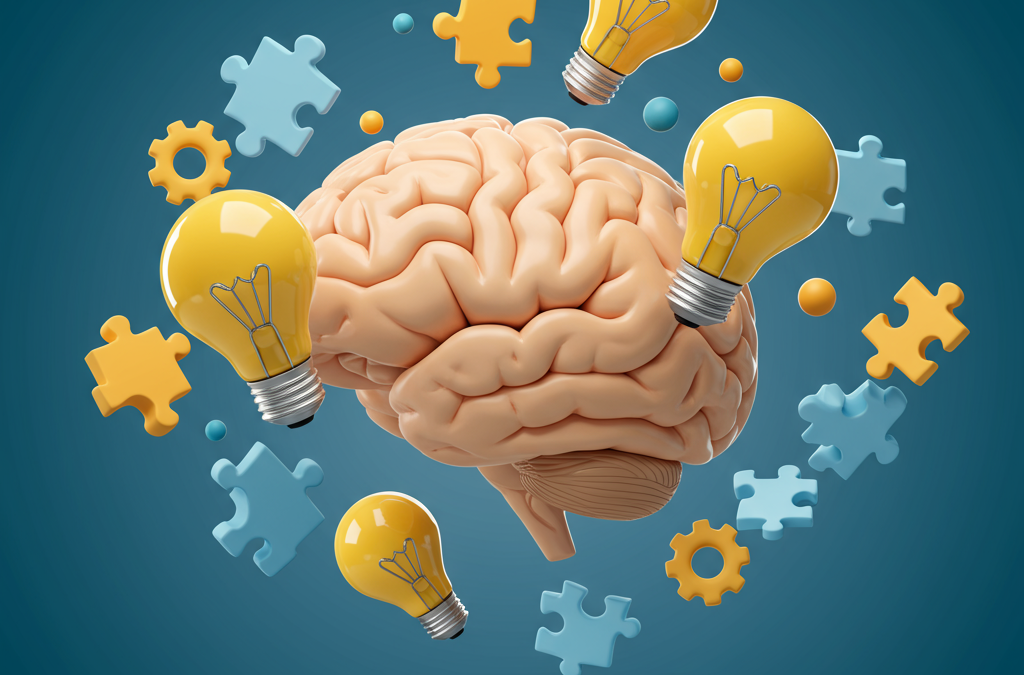Have you ever sat down to play a mobile puzzle game for “just a few minutes” only to look up and realize hours have passed? It’s a common experience, and it’s no accident. There’s a fascinating blend of psychology and brain science that makes puzzle games so incredibly captivating. It’s more than just a simple distraction—these games tap directly into our brain’s reward systems and natural instincts.
The Dopamine Rush of Solving a Problem
At the heart of a puzzle game’s appeal is the dopamine reward system. Dopamine is a neurotransmitter that makes us feel good, and our brain releases it when we achieve a goal. Each time you match three gems, clear a row of blocks, or solve a tricky Sudoku, your brain gives you a small hit of dopamine. This positive reinforcement encourages you to keep playing, seeking the next small victory and the next reward. It’s a powerful loop that keeps us engaged and coming back for more.
The Satisfaction of “Aha!” Moments
One of the most satisfying parts of playing a puzzle game is the sudden flash of insight, that “aha!” moment when a complex solution suddenly becomes clear. These moments are a form of cognitive breakthrough. They activate a part of the brain associated with problem-solving and memory, giving us a profound sense of satisfaction. It’s a feeling of accomplishment that goes beyond the game itself; it’s a confirmation of our own mental abilities. The promise of the next “aha!” moment is a major driver of our continued play.
The Human Instinct for Pattern Recognition
Our brains are hardwired to recognize patterns. It’s a fundamental part of how we understand and interact with the world. Puzzle games, from simple color-matching games to complex logic puzzles, are built entirely on this instinct. We naturally look for order in chaos, and these games give us a structured, low-stakes environment to exercise this core cognitive function. The satisfying feeling of sorting things out and creating order from a jumble of pieces is deeply ingrained in us.
Just-Right Difficulty: The Flow State
The best puzzle games are masters of balance. They are challenging enough to be engaging but not so difficult that they become frustrating. This sweet spot is what psychologists call a “flow state.” It’s a mental state where you are completely immersed in an activity, and your sense of time melts away. When a game’s difficulty perfectly matches your skill level, you enter this state, and the hours fly by. Developers carefully design the game’s progression to keep players in this zone, gradually increasing the difficulty to keep them engaged without ever pushing them to the point of giving up.
Conclusion
So, the next time you lose track of time while playing your favorite puzzle game, you’ll know why. It’s not just a game; it’s a finely tuned experience that plays on your brain’s natural desire for reward, recognition, and order. As developers, we understand these principles and strive to create games that are not only fun but also deeply satisfying on a psychological level. It’s about providing a compelling and rewarding experience that you can always return to.

